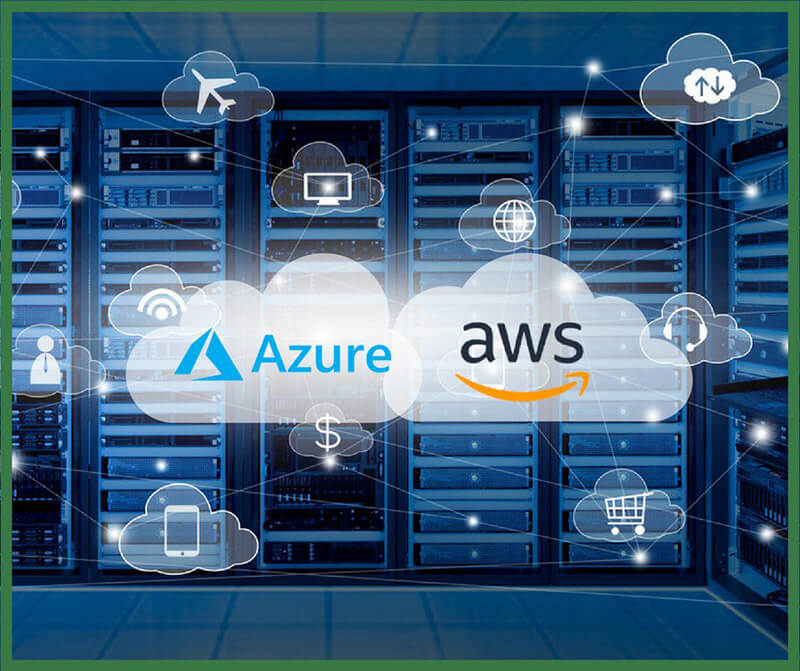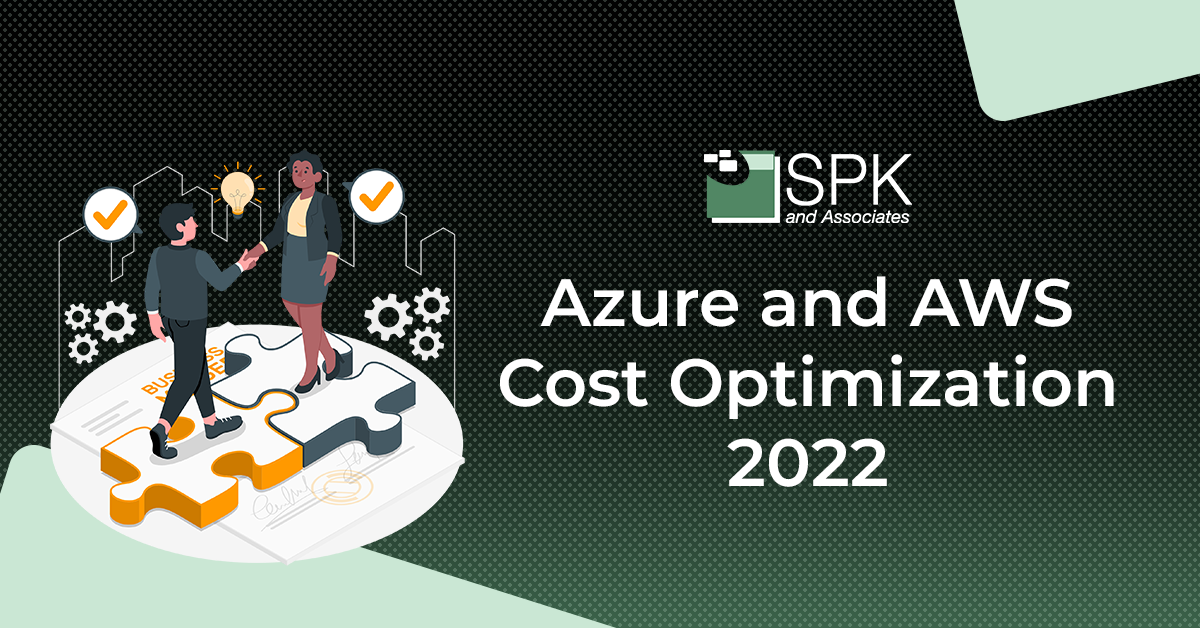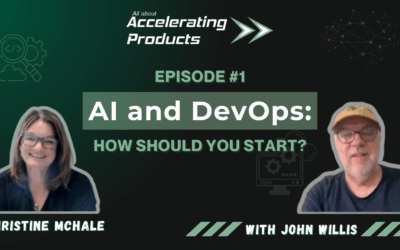This rate of cloud adoption comes with benefits and challenges. The cloud brings agility, scalability and efficiency to people worldwide. However, a bit of creative thinking is needed to allow for AWS (Amazon Web Services) cost optimization.
Why? Because businesses are also being stung by unexpected costs due to a lack of spending limitation tools from cloud providers.
At SPK, we’ve seen these challenges manifest with a few of our own customers.
Cloud Adoption And Growth
From small businesses to large enterprises, the great migration from on-premises infrastructure to the cloud has been accelerating at a staggering pace.
Earlier this year, Amazon reported that AWS’s (Amazon Web Services) year-over-year growth was a whopping 36 percent. Today, there are over 1,000,000 AWS customers.
Microsoft Azure grew at an even faster clip with 50 percent growth. Now, over 70 percent of businesses worldwide use Azure as their cloud solution, including 95 percent of the Fortune 500 list.
Undeniably, cloud services and off-prem provide a key to the future of business opportunities. From their vast growing list of integrations to the ability to scale and adapt with fewer infrastructure costs.
So, why are some businesses having problems with an unexpected Amazon Web Services cost?
Unexpected Amazon Web Services Cost Challenges
As previously mentioned, at SPK, we have seen some of our own customers previously caught out by an unexpected Amazon Web Services cost.

Customer 1
A SaaS startup which we provide Managed DevOps support services originally started off with a couple of developers and a few virtual machines. As the product code base rapidly matured, the number of AWS cloud products and services also grew. Additionally:
-
-
- A strong software testing strategy also required computing resources.
- Automated build pipelines were generating builds for every code commitment.
- Cybersecurity tools were incorporated into the process and also required network and compute resources.
-
The cost of the cloud was the last thing on everyone’s mind, despite it increasing in a very short period of time.
Customer 2
One of our enterprise customers utilized a Hadoop Distributed File System (HDFS) and Amazon Elastic MapReduce (EMR) to convert relatively small data sets. Due to a code defect, a particular MapReduce job ran continuously until it was discovered manually several days later.
By then, the damage had been done. Now, the customer was on the hook for several thousand dollars worth of computing. This was unexpected and exceeded the project budget.
Cloud Cost Limitation Options
AWS & Azure both provide some tools to help report on usage.
However, to date, nothing exists to protect organizations from the situations described above.
It is clear that having limits would shift the risk to the cloud providers:
-
-
- It would have the potential to reduce providers’ revenue
- Cloud providers would be at risk of shutting down resources and impacting customers. Imagine your production website going down because a spending limit was reached.
-
Current Azure Cost Limitation Options
On the Azure side, there is a spending limit feature. However, this option is not available to pay-as-you-go customers. Additionally, it doesn’t limit all types of spending. For example, some marketplace items aren’t limited.
Current Amazon Web Services Cost Limitation Options
The Amazon Web Services cost and usage reports provide a wealth of data. Budget alerts are another handy tool. Yet, nothing in particular limits the spending risk.

Azure and Amazon Web Services Cost Optimization Strategy
So how can cloud customers limit their spending risk when the tools provided by AWS and Azure aren’t sufficient?
Firstly, you can consider an approach to consume resources indirectly from a provider that takes on the risk for you.
Virtual CAD (vCAD) is a virtual engineering platform that was created by SPK. It runs on top of AWS in a SaaS model.
By using vCAD you can benefit from:
-
-
- Providing your engineers 3D accelerated workstations via fine-grained control through the vCAD portal.
- Automatically shutting down idle machines.
- Set up schedules to control workstation startup and shutdown times.
-
Alternatively, you can consider an Infrastructure as Code (IaaC) automation.
Consider a small “watcher” script which is executed via AWS Lambda every 10 minutes. It could probe a specific EC2 region for the total number of virtual machines running. Results could integrate into Nagios or Zabbix. Then, operational staff can be alerted if the threshold is breached.
Conclusion
Cloud platforms have matured in recent years. However, that maturity still lacks the ability to control Azure and Amazon Web Services costs. This can leave customers exposed to unexpected charges and remains a significant challenge for some customers.
Customers who’ve been burned by unexpected costs may end up “knee-jerking” back to on-prem. This brings the additional risk of losing the agility, scalability, and efficiency of cloud services.
However, with a creative approach to Azure and AWS cost optimization customers can reduce their risk exposure. Utilizing solutions like vCAD or IaaC to manage risk, companies can better control or limit their costs.
To reduce your cost risk exposure with our vCAD solution or discuss IaaC support, you can contact us here for a no-fee discussion.







